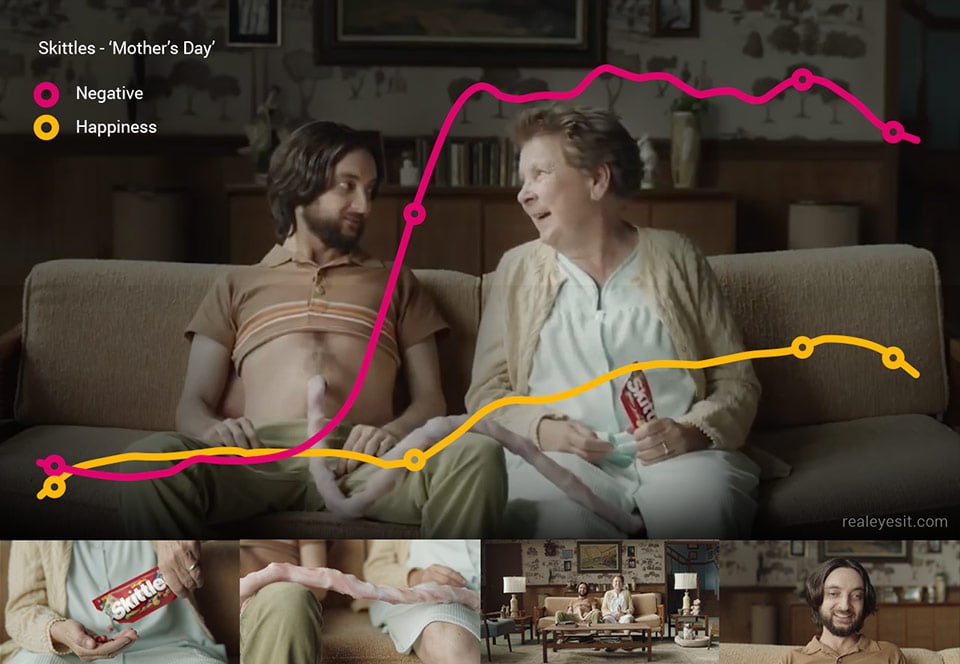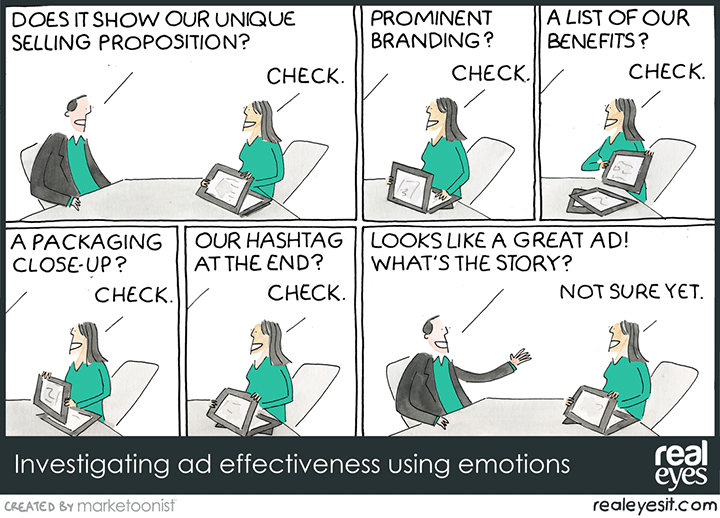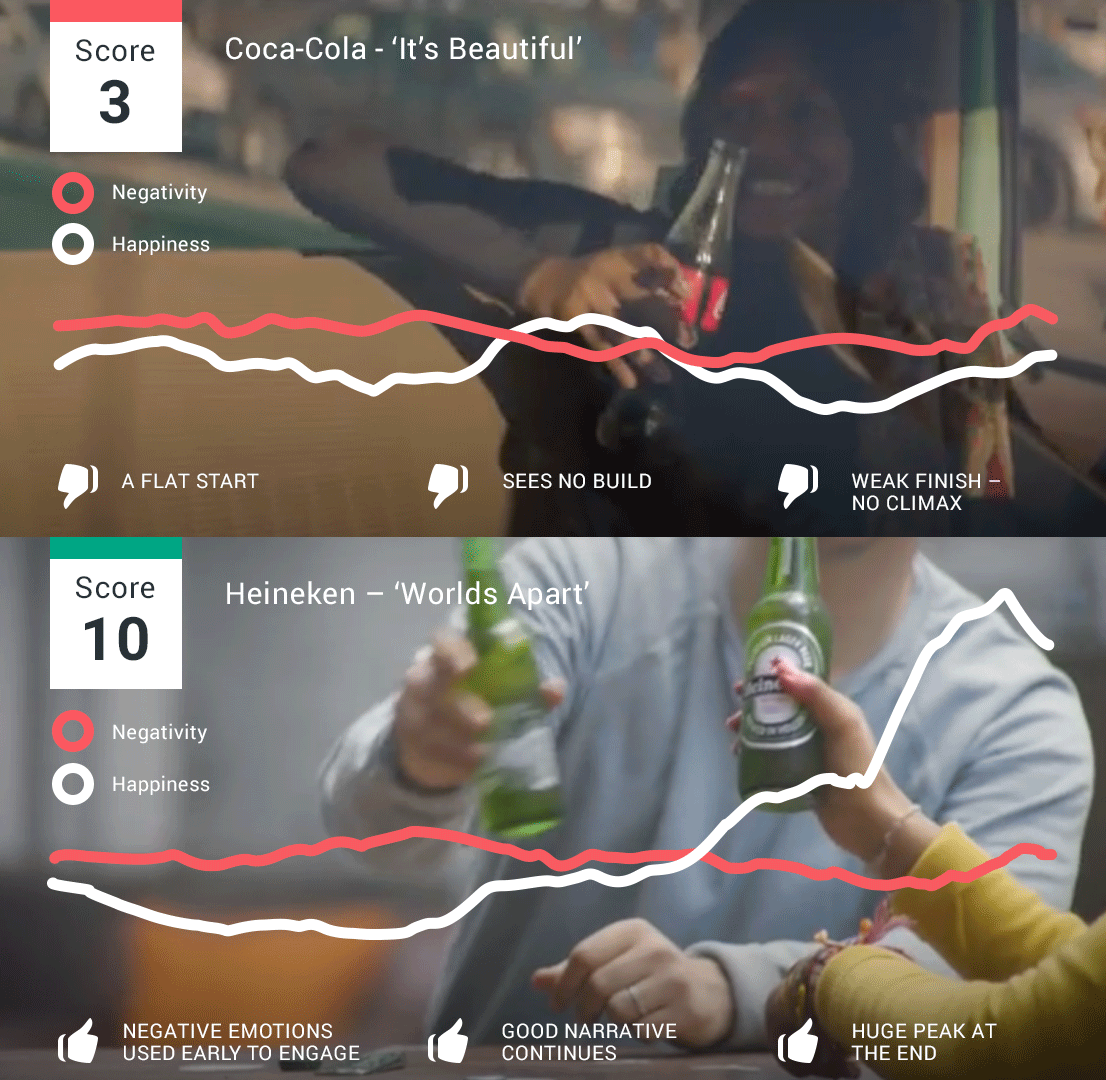
Brands need to build their emotional DNA to reach audiences





“The next frontier” of big data, EMOTION ANALYTICS is confidently making its way into marketing research and decision making. Its growing popularity rests on solid ground: getting a genuine and unfiltered response directly from viewers’ hearts and minds is what marketers and advertisers have always been after.


Conversely, Heineken ad gets our attention quickly and holds it by playing on our negative emotions as we listen to quite provocative opinions and beliefs. It makes us wonder where this is going. It makes us ask WTF because most of us probably disagree with at least some of it. BUT, unlike Skittles ‘Mother’s Day, which we discussed last week, we clearly pivot to strong positivity (happiness through shared relief and joy and laughter) to see the very inspirational (and probably aspirational ) resolution to the narrative … differences acknowledged with a desire to understand and focus on enjoying the common ground.
This is an outcome easily made personal. ‘Personal’ is about engaging the viewer to agree/disagree and ultimately imagine how they would respond to ‘The Decision’. And, if I may, I can’t help but appreciate how the category slips into the story in such a natural way. As such, it’s not an after-thought sponsoring a social message, the brand is more naturally just there. Bravo Heineken.
Using emotion recognition and facial coding for video testing ensures your ad performance.


Oasis is the second most popular soft drink brand after Coca-Cola in France. In 2012 they launched its film “Be Fruit” created by French creative agency Marcel, using playful fruit based characters (animated by Wizz), which resulted in great social media success. A follow up in 2014 saw the release of the branded-content project: the Papayon Effect, aimed at 15 to 25 year olds.
